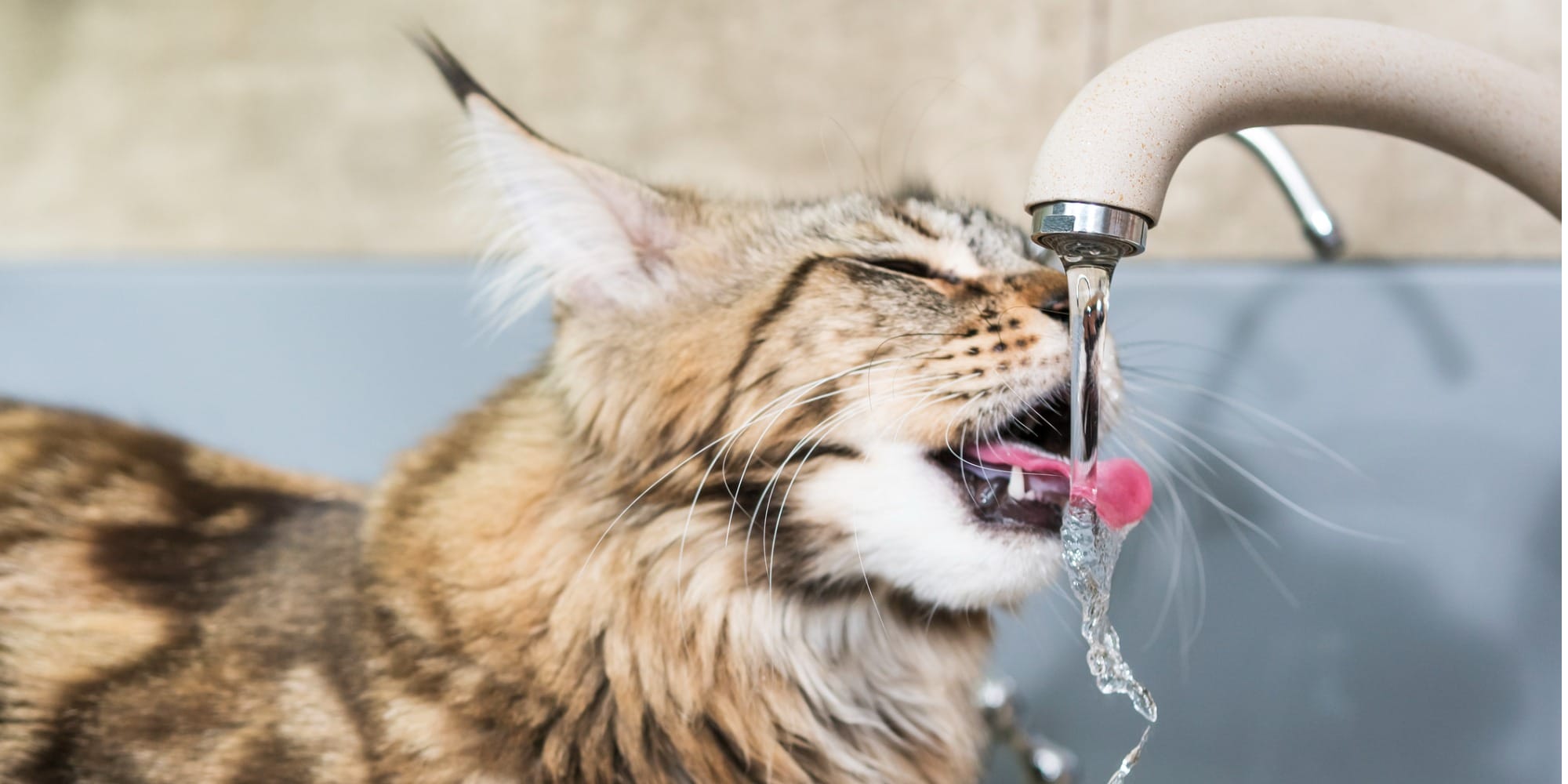Diabetes is a common health condition in both cats and dogs. Although it can’t be cured, it can be well managed so your pet can live a long, happy, and healthy life. Here’s what you need to know about this disease.
About diabetes
Diabetes in pets works the same way as it does in humans. The body breaks food down into glucose (a form of sugar), then releases it into the bloodstream. The pancreas produces the hormone insulin, which helps the glucose go into the body’s cells to be used as energy.
Diabetes is caused when the pancreas is unable to make the right amount of insulin. When this happens, the glucose stays in the bloodstream and does not move to the cells, resulting in high blood sugar, which can lead to health problems over time. You can work with your veterinarian to diagnose and treat diabetes. Keep an eye out for the following symptoms in your pet.
Symptoms
Increased urination
When there is too much blood sugar in the bloodstream, it leaks into the urine. You might notice your pet having accidents or needing more bathroom breaks. Be sure to reach out to your vet if you notice this symptom.
Excessive thirst
Increased urination can lead to dehydration, resulting in your pet needing more water than usual. When your pet urinates more, they will need to drink more water.
Weight loss
If your pet is losing weight while eating normally, it can be a sign of diabetes. If your pet’s cells aren’t getting enough energy from glucose, then your pet’s body will break down muscle and fat instead.
Increased appetite
If your pet seems to be constantly hungry, it may be because of a lack of insulin. Without enough insulin, your pet’s body isn’t able to detect glucose. So, your pet will eat more to try to gain more sugar.
Lack of energy
Without enough glucose energizing the cells, your pet may seem tired. High blood sugar can also lead to other complications, such as low sodium or low potassium. If you notice your pet has less energy than usual, reach out to your veterinarian.
Cloudy eyes
Cataracts are commonly seen in dogs with diabetes. Too much glucose affects the eye lenses. Eventually, the fibers in the eye lens become distorted and light can’t pass through.
Be sure to contact your veterinarian if you notice any of these symptoms.
Treatment
Diabetes may not be curable, but with the right care, it can be well managed. Your veterinarian will work with you to create a treatment plan for your pet. Exercise and diet will play an important role in managing diabetes. With lots of love and attention, your pet can live a long, happy life.



